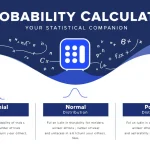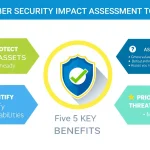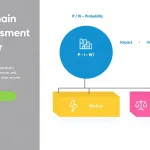Diversification Strategy Generator
Is this tool helpful?
How to use the tool
- Current Business Overview
Sample A: “Mid-size organic skincare producer supplying eco-shops across Canada.”
Sample B: “SaaS fleet-management vendor serving 600 logistics SMEs in Latin America.” - Proposed New Products
Sample A: “CBD-infused face serum in refillable glass jars.”
Sample B: “AI route-optimization mobile app with real-time traffic feeds.” - New Markets to Enter
Sample A: “Women aged 25-45 in Japan’s premium cosmetics segment.”
Sample B: “Ride-hailing fleets in India’s Tier-2 cities growing at 18 % CAGR.” - Available Resources (optional)
Sample A: “$2 M cash, ISO-certified lab, influencer network of 50 creators.”
Sample B: “15 data scientists, $4 M Series A funding, AWS credits.” - Estimated Success Probability (optional)
Enter a number 0-100 based on your research—for example 60 or 85. - Click “Generate Diversification Strategy.” The API returns a tailored plan covering risks, costs, break-even point, and action steps. Review, copy, and integrate it into your business plan.
Quick-Facts
- Only 30 % of corporate diversification projects meet financial targets (BCG, 2022).
- Typical mid-market product launch costs $1 M-$5 M (CBInsights, 2023).
- Median payback period in manufacturing diversification is 3.5 years (PwC, 2021).
- Firms expanding into emerging markets grow revenue 15 % faster (World Bank, 2022).
FAQ
What is a diversification strategy?
A diversification strategy adds new products for new customer groups, spreading risk and opening extra revenue streams (Harvard Business Review, 2021).
How does the generator work?
Your inputs feed an LLM via the process_llm_form endpoint; the model scores risk, forecasts profit, and outputs recommended actions in HTML.
Which data should I collect first?
Gather market size, customer demographics, competitor prices, internal cost estimates, and available capital—accurate inputs sharpen the model’s guidance (McKinsey, 2022).
How reliable are the risk estimates?
The tool uses historical failure rates by sector and your probability figure; according to BCG, combining internal and external data improves forecast accuracy by 25 % (BCG, 2022).
Can I revise the generated plan?
Yes. Edit any field and click Generate again; iterative refinement aligns the strategy with real-time insights (Gartner, 2023).
Which industries gain most from diversification?
Energy, tech, and consumer goods show the highest diversification ROI because they exploit cross-category innovation (OECD, 2020).
How often should I rerun the tool?
Rerun quarterly or after significant market shifts to keep assumptions current and decisions data-driven (PwC, 2021).
How do I interpret the break-even point?
The break-even units equal rac{Total Fixed Costs}{Unit Price – Unit Variable Cost}. Selling more than this covers costs and builds profit (Investopedia, 2022).
Important Disclaimer
The calculations, results, and content provided by our tools are not guaranteed to be accurate, complete, or reliable. Users are responsible for verifying and interpreting the results. Our content and tools may contain errors, biases, or inconsistencies. Do not enter personal data, sensitive information, or personally identifiable information in our web forms or tools. Such data entry violates our terms of service and may result in unauthorized disclosure to third parties. We reserve the right to save inputs and outputs from our tools for the purposes of error debugging, bias identification, and performance improvement. External companies providing AI models used in our tools may also save and process data in accordance with their own policies. By using our tools, you consent to this data collection and processing. We reserve the right to limit the usage of our tools based on current usability factors.







